Life-Artist, forerunner of the internet generation, ultimately: a contemporary. Jean-Michel Basquiat’s oeuvre, his life as performance and his humorous play on the cliché-ridden role of the artist appear more current than ever.
If there had been Instagram in the early 1980s, Jean-Michel Basquiat would undoubtedly have been its king: “Boom for Real” – what a fitting, explosive slogan to draw millions of fans. Basquiat’s profile picture might have looked something like this: a photoshoot in a rumpled, paint-splattered Armani suit, with a red Adidas T-shirt underneath – the clothes he was already wearing back then.
In the background one might see his studio, filled with the trappings of artistic genius: Large-format canvases on a paint-smeared cement floor, upturned paper cups and dried-up paintbrushes would complete the image of the creative character and provide the fan crowd with a bit of fresh inspiration.
Life as performance
Jean-Michel Basquiat was more than just an artist; he was a connoisseur of the art of living. Whether it was a canvas, clothes or a refrigerator – he painted virtually anything he came across. Alongside his works of art, which fizzed with mysterious symbols, codes, and energy-laden colors and figures, Basquiat also designed postcards and fashion, appeared as a DJ at the legendary Mudd Club, and played the main role – and ultimately himself – in the film “Downtown 81”. He owned more than 1,000 video tapes, devoured vast quantities of books and cooperated with numerous visual artists, musicians and writers. He created more than 150 joint works with one of his closest friends and greatest role models, Andy Warhol.
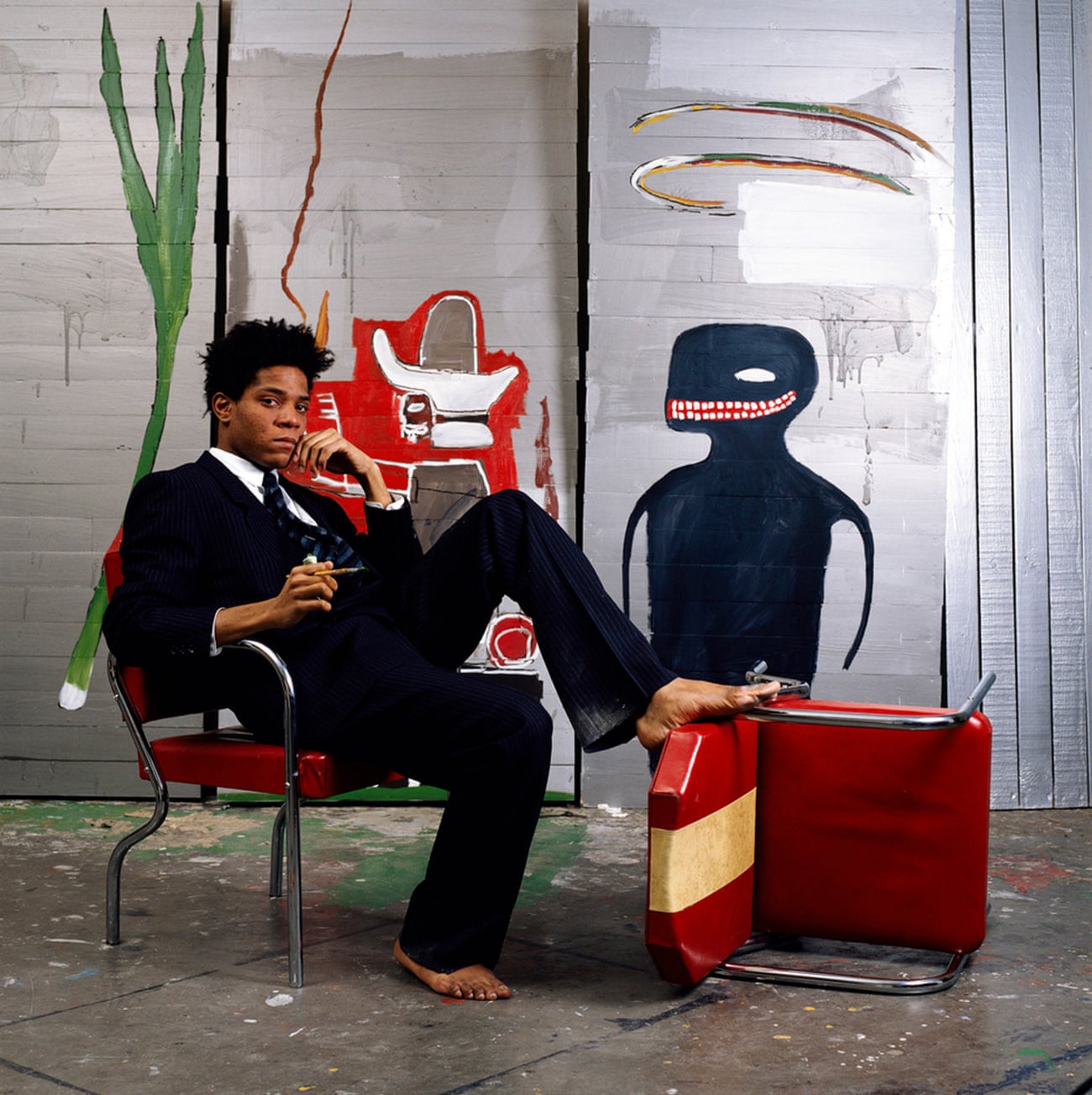
Jean-Michel Basquiat on the Cover of the New York Times Magazine 1985, Photo: Lizzie Himmel/AP/Brooklyn Museum, Image via: theguardian.com
This description comes from Basquiat’s close friend Glenn O’Brien. The celebration of artistic genius and the marked individualism that drove the New York scene at the time also shaped Basquiat’s work. As a young artist, he not only had the talent of knowing how to surround himself with the right people, in the right place at the right time, but he would also observe closely how those around him reacted to him and play skillfully with the cliché of the creative genius.
The 1970s and 80s saw life lived as art, as performance. The hipster culture crowd was about developing personality and character.
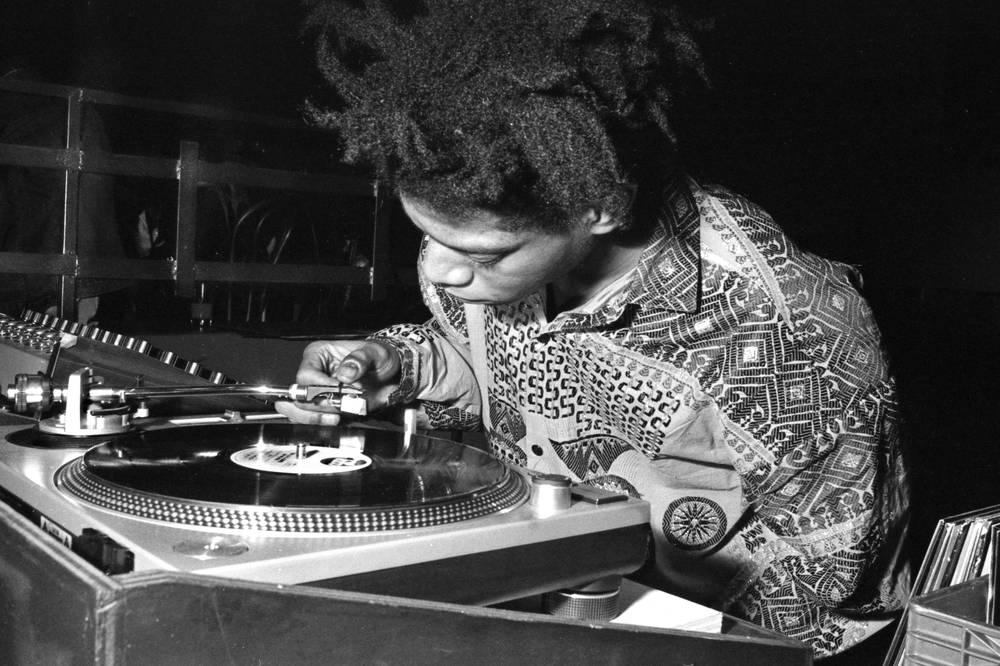
Time and again Basquiat emphasized his talent as a self-taught artist with no formal training and vigorously stressed his independence from the art critics. His comments testify to his ironic way of dealing with the expectations of his craftsmanship and creative abilities.
Crown, © and ®
The sampling of different source materials made Basquiat a forerunner of the copy-and-paste technique – and thus also a role model for today’s Internet generation. He repeatedly used generally recognized signs and symbols in his works, with the crown, the copyright symbol and the trademark symbol appearing with particular frequency. These were Basquiat’s signature, and at the same time a hint at the authenticity and originality of his work: The copyright symbol as a sign of authorship. The trademark symbol as brand protection. The crown as an expression of power and kingdom, dignity and respect. With notable frequency, Basquiat painted a crown on the heads of people he admired, such as athletes, writers or musicians. The artist often also presented himself with this symbol of sovereignty, whether in self-portraits or with his legendary dreadlocks.
Believe it or not I can actually draw […] but I try and fight against it mostly.
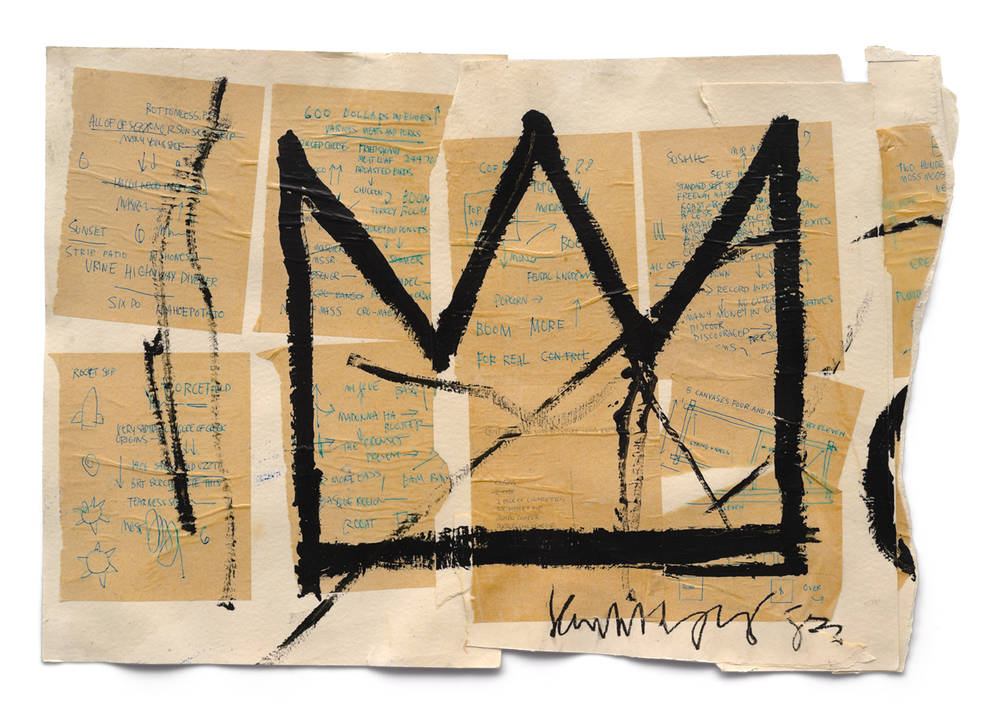
The repeated use of these symbols appears like an ironic sideswipe at the mechanisms of the art market, where the signature seals the value and originality of the artistic oeuvre. Basquiat reflected his authorship and applied it purposefully as a brand and image. At the same time, he also made fun of them. As early as 1981, he had his friend Nick Taylor and the writer Rene Ricard certify the authenticity of one of his many notebooks. At that time, he was about to launch his first solo exhibition at the Annina Nosei Gallery.
Image as a wild genius
Basquiat cultivated his image as a wild genius, free of all conventions. At the same time, he was thoroughly aware of his artistic talent. The skillful cultivation of his image was in part thanks to his friend Andy Warhol, but it was about much more than simply marketing his works. Rapid success soon hardened his attitude towards the art market. One of the quotes with which Basquiat is most frequently posthumously cited is:
I wanted to be a star. Not a gallery mascot.
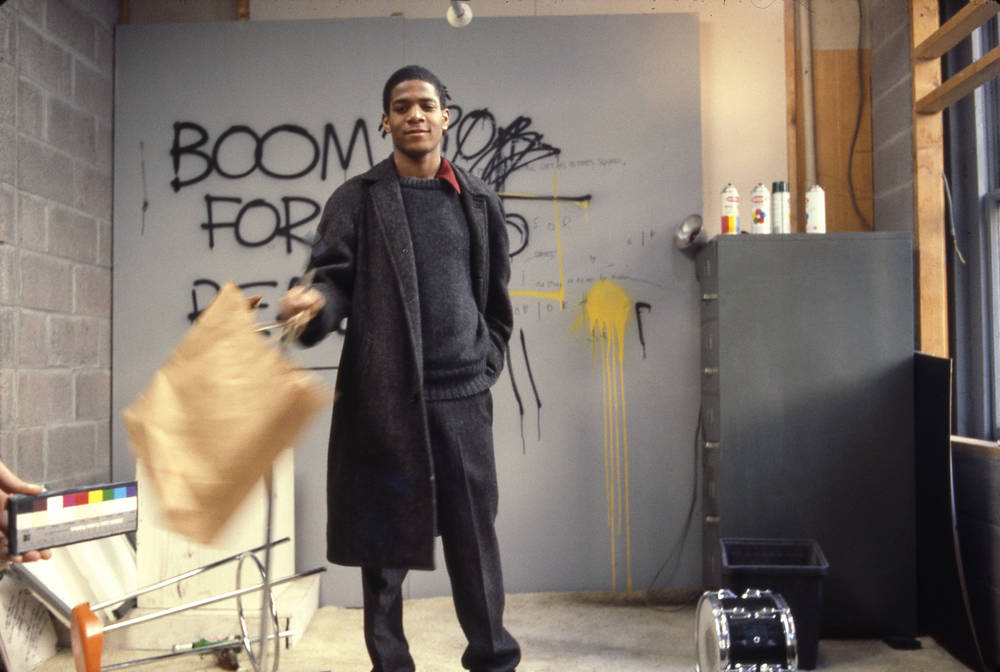
DIGITORIAL ON THE EXHIBITION
The free Digitorial provides you with background information about the key exhibition aspects.
For desktop, tablet and mobile


Exploring the iceberg
In her works, the artist Grada Kilomba deals with the post-colonial condition, trauma and memory. Schirn Mag spoke to her about aspects of the...
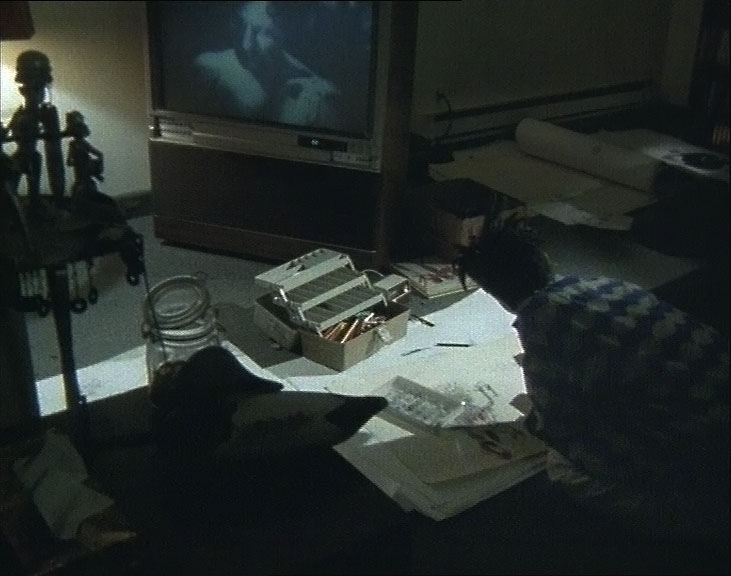
Copy, overwrite, copy again
Anyone who rented a movie after 1976 would have done so on VHS. However, the video tape’s history goes back much further, and is closely connected to...
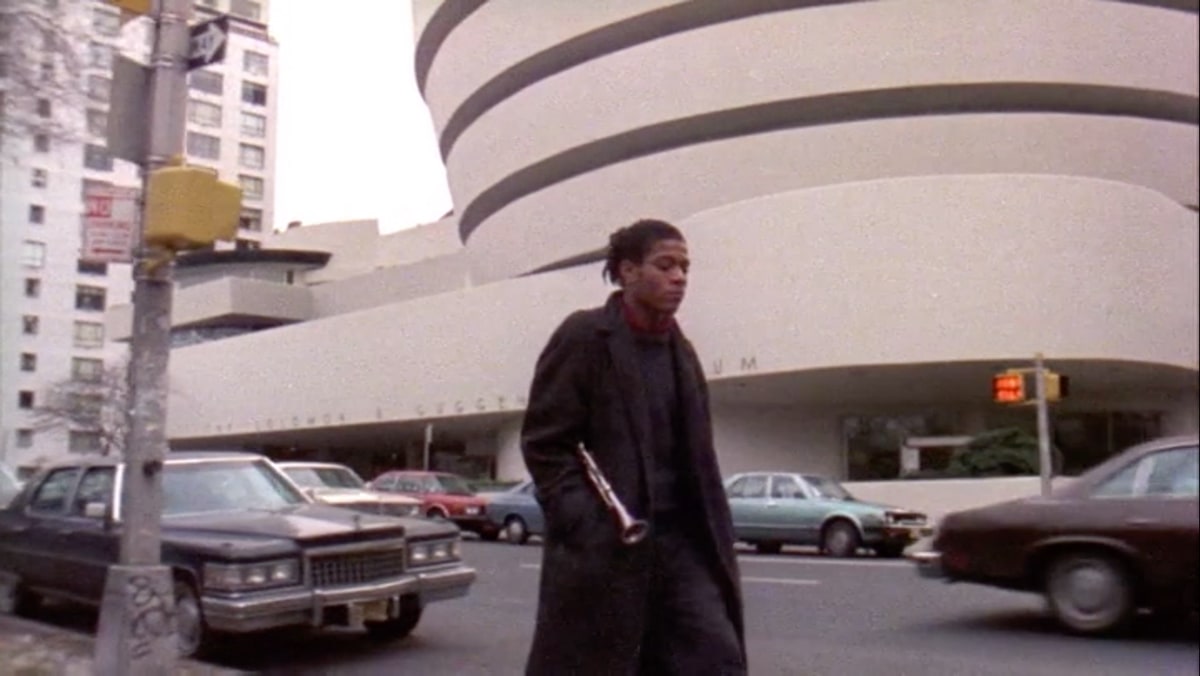
Downtown 81
Message in a bottle from the 1980s, wandering the streets of New York with Jean-Michel Basquiat. The film Downtown 81 was shot before Basquiat’s big...
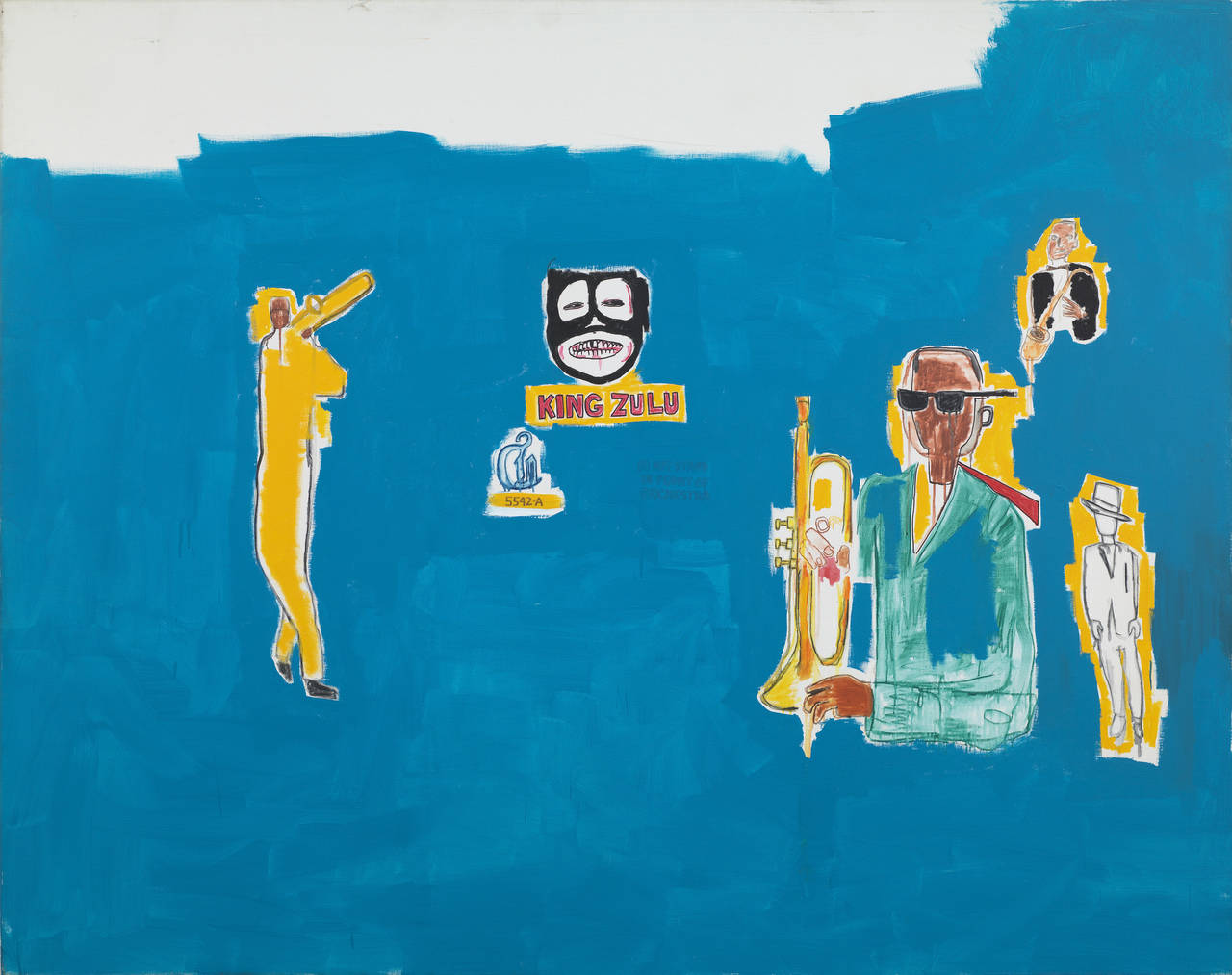
Jazz, Bebop and Basquiat
Jean-Michel Basquiat’s record collection is said to have contained some 3,000 LPs. In particular Jazz and Bebop had a huge influence on the artist.

The political force of films
The SCHIRN MAG presents five outstanding films, which do not only deal with racism in the USA, but do also grab its history by the scruff of the neck...
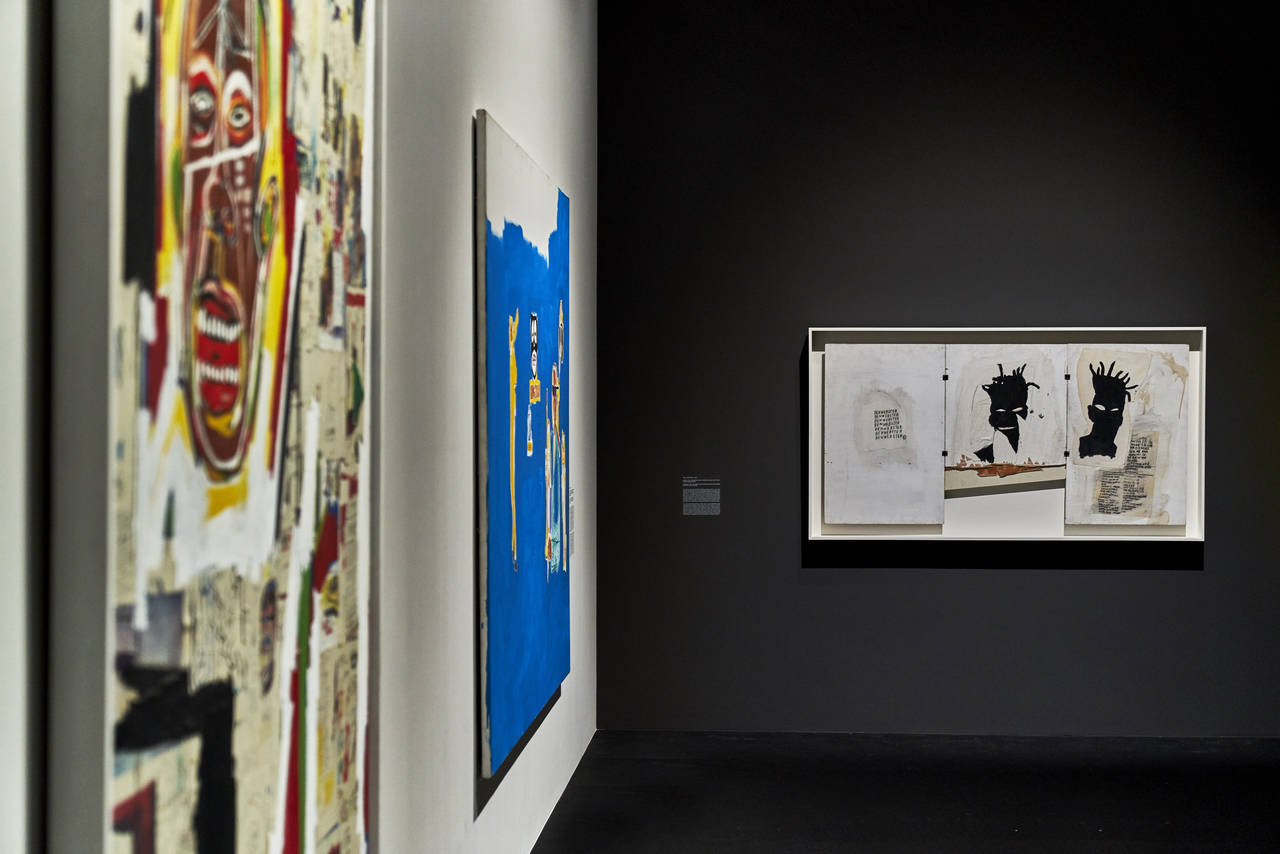
Basquiat's Legacy Today
Accompanying the exhibition “Basquiat. Boom for Real,” a panel discussion will be held at the SCHIRN’s CROWN CLUB on April 12. Taking as their...
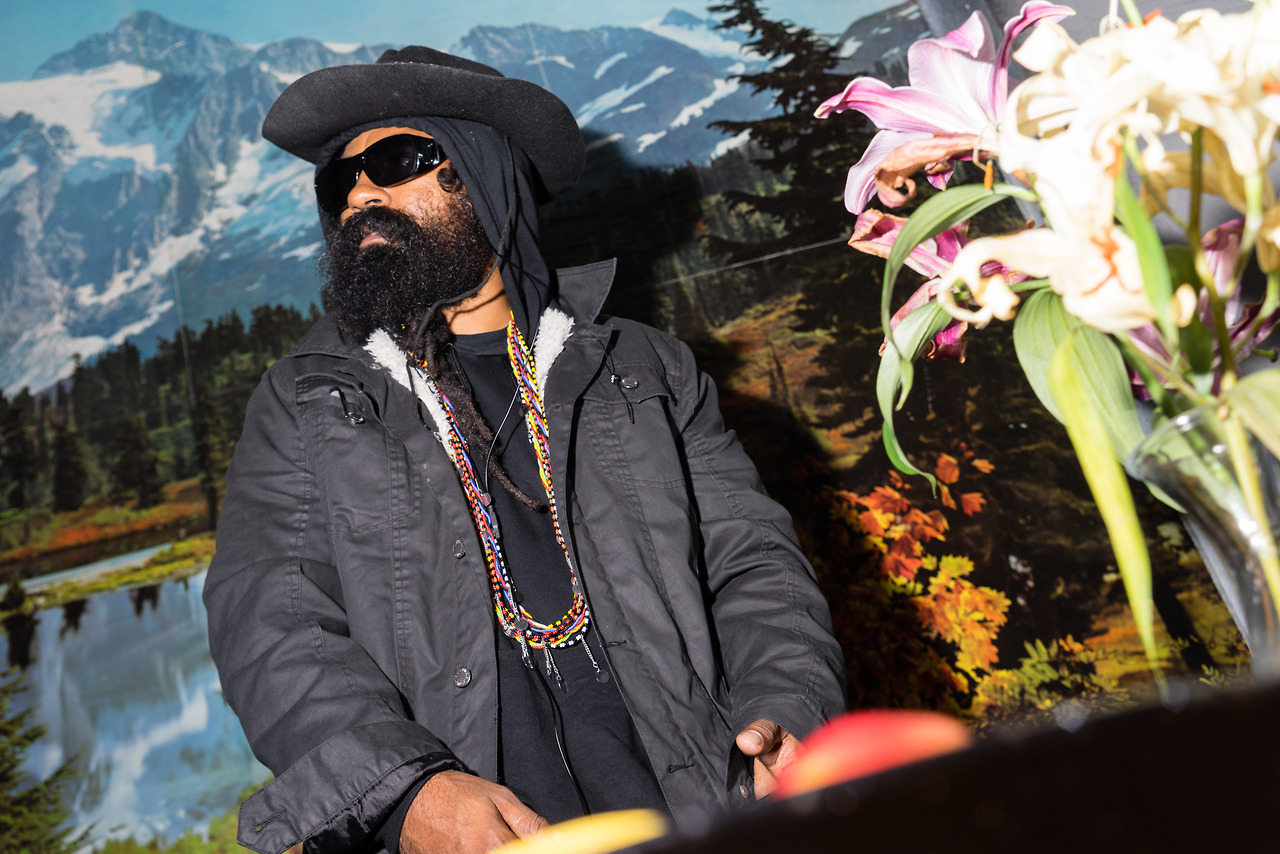
Freeform spontaneous
Gonjasufi is on the road a lot: As a singer, DJ, actor and also as a yoga teacher. He will perform at SCHIRN AT NIGHT on April 7. The SCHIRN MAG...
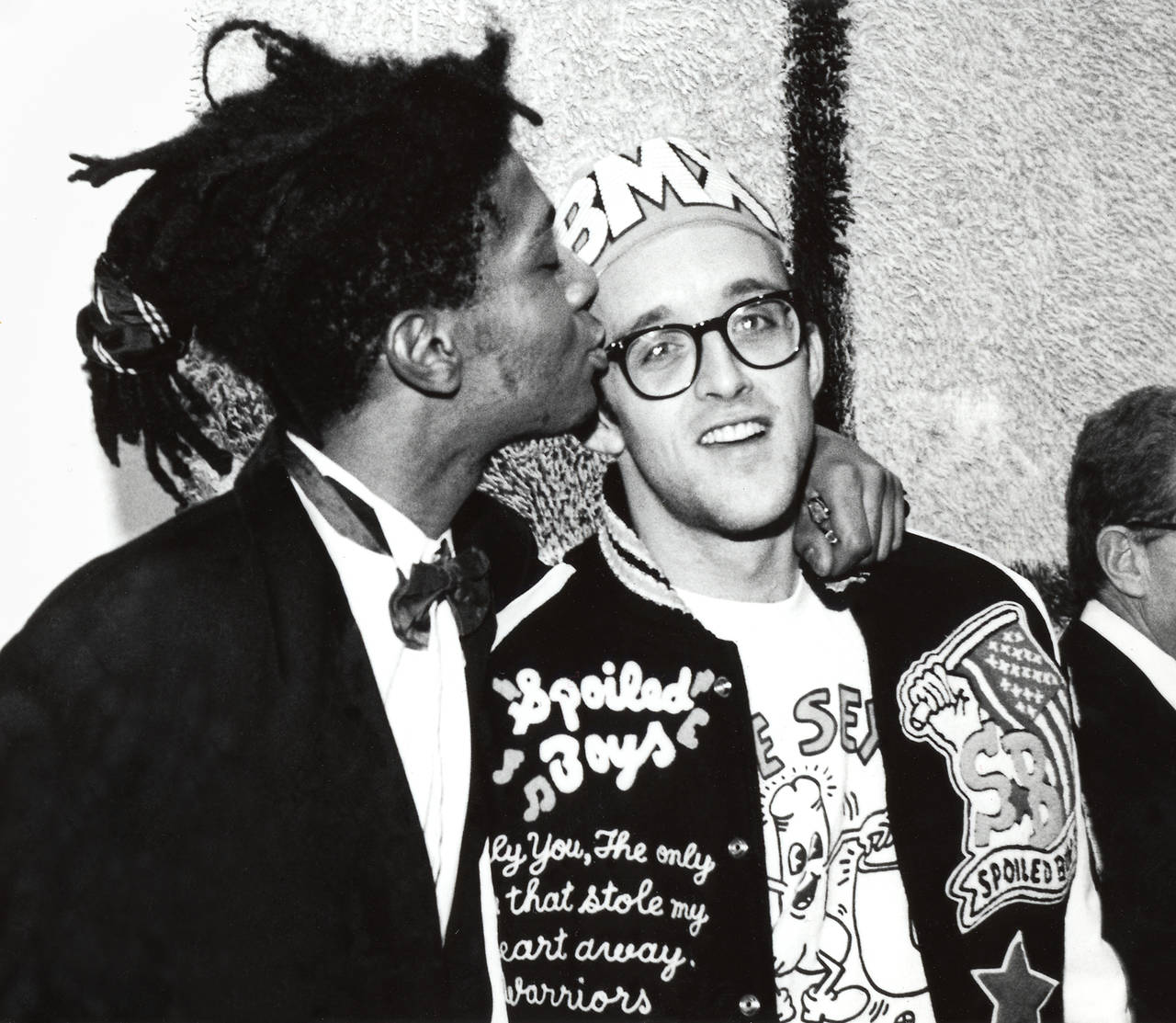
Basquiat in fashion
Jean-Michel Basquiat’s outfits were a permanent composition of opposites. How the young artist became the muse of fashion designers and a role model...
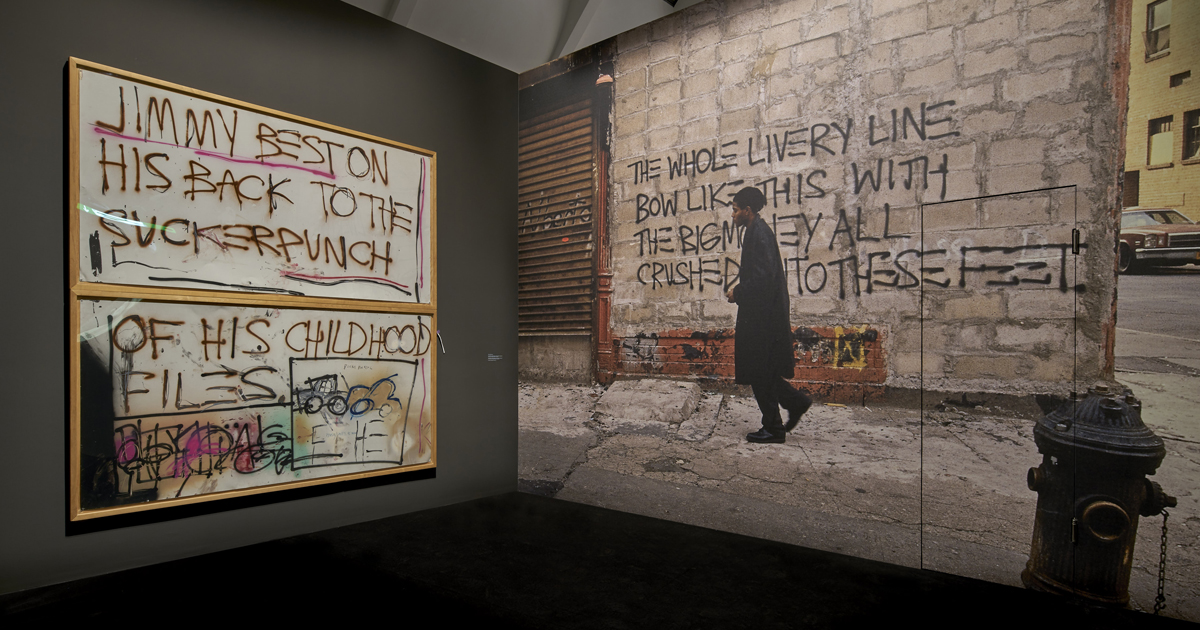
Basquiat and the Beats
Words, signs and symbols. Jean-Michel Basquiat's pieces are truly suffused with fragments of text. One of his most important sources of inspiration...